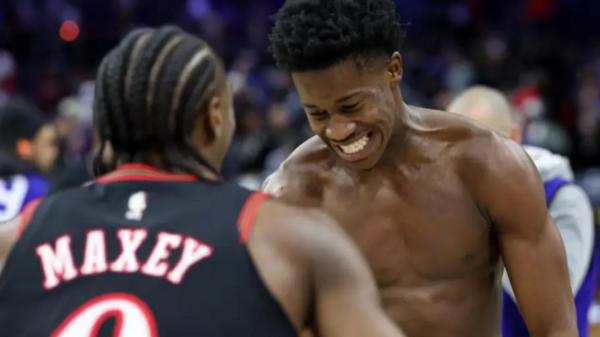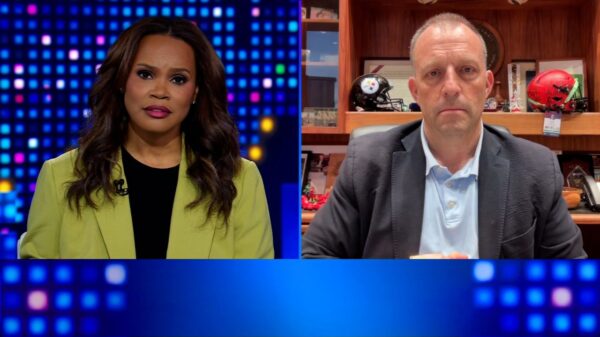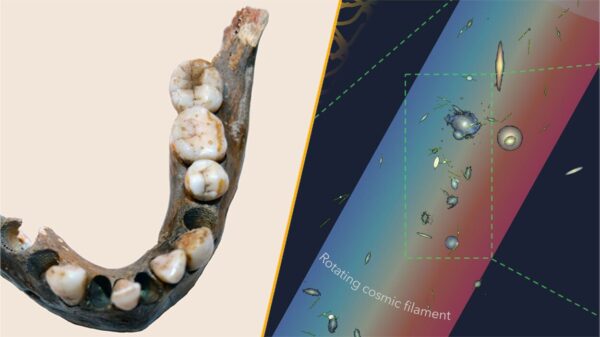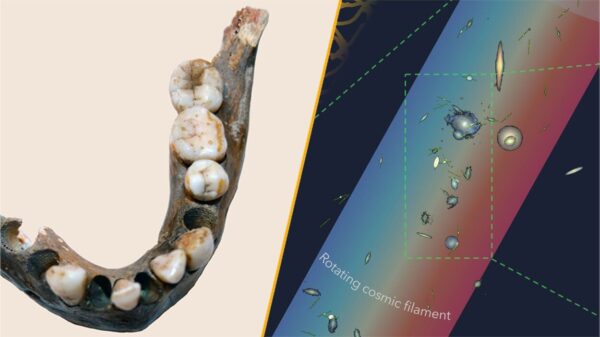The University of Utah is highlighting the innovative work of researcher Cheenu Raghuraman, who merges the worlds of dance and science to enhance communication within neurology research. Raghuraman focuses on how the venom of the cone snail influences the proprioception abilities of fish, a critical aspect of their spatial awareness.
Bridging Science and Art
In a recent interview with “Humans of the U,” Raghuraman emphasized the importance of making complex scientific concepts accessible. He explained proprioception through a relatable analogy: “If you close your eyes and put your fingers together above your head, you know exactly where the tips of your fingers are, right? That property is called ‘proprioception’; your body knows where your limbs are in three-dimensional space.” This approach helps to connect students and the public with intricate research through familiar experiences.
Raghuraman’s passion for classic Indian dance plays a significant role in his outreach efforts. The precision required in dance mirrors the scientific concepts he studies, allowing him to present his research in a dynamic and engaging manner. His performances not only illustrate the principles of neurology but also invite audiences to appreciate the beauty of movement and science working in tandem.
Accessible Science Communication
Dedicated to the cause of accessible science communication, Raghuraman actively conducts simple experiments in schools, striving to “simplify—not dumb down—their work for different audiences.” His commitment is to communicate science in a way that resonates with people, removing jargon and complexity in favor of clarity. “Science should be understood and appreciated by everyone,” he stated.
Raghuraman’s journey has not been without its challenges. After relocating from South India‘s Sastra Deemed University to the University of Utah, he faced the hurdles of adapting to a new culture and the complexities of marine biology. He recalls his first week in Utah, which included an unexpected snowstorm, as a significant introduction to life in a different environment.
Through his unique blend of dance and research, Raghuraman is not only advancing the field of neurology but also fostering a greater understanding of science among diverse audiences. His work stands as a testament to the power of creativity in education and the importance of making research accessible to all.





































































